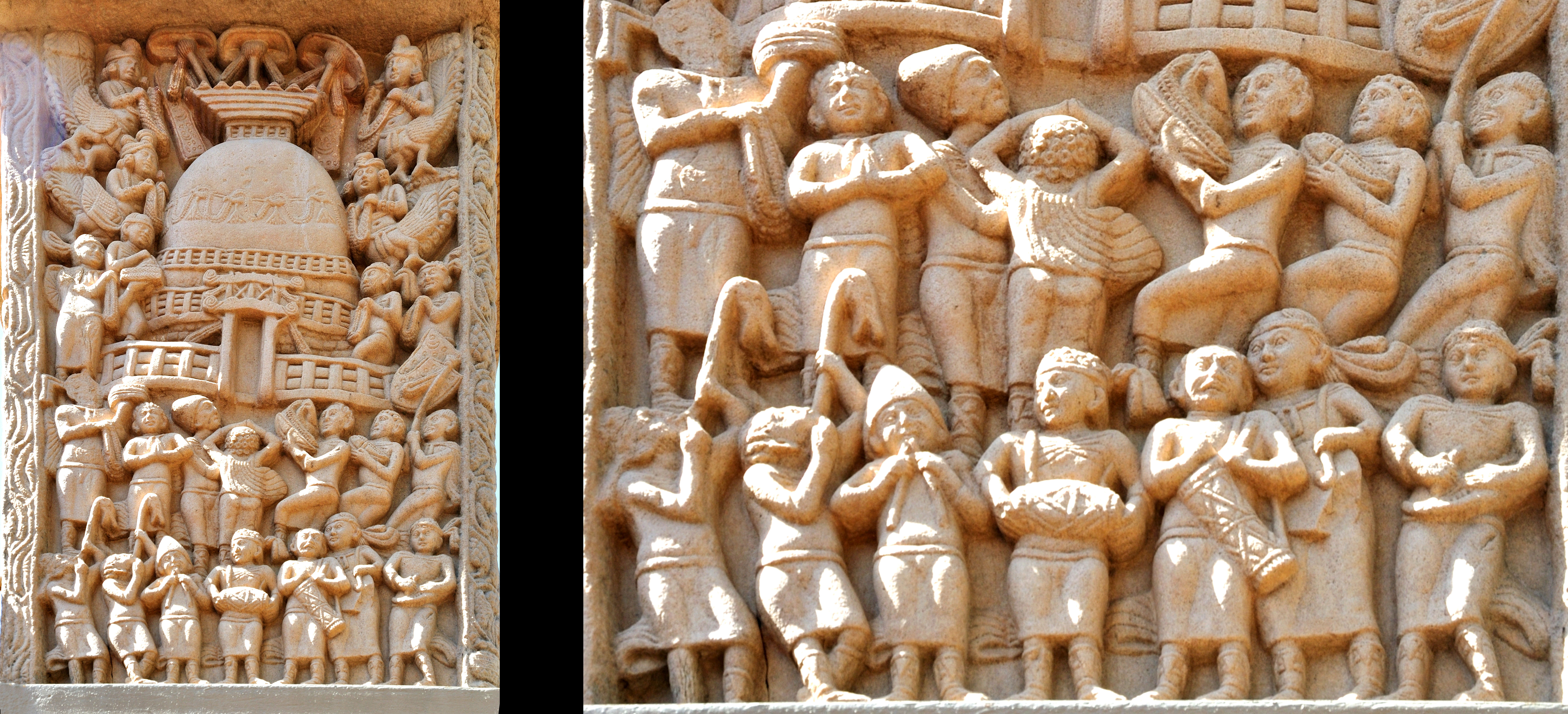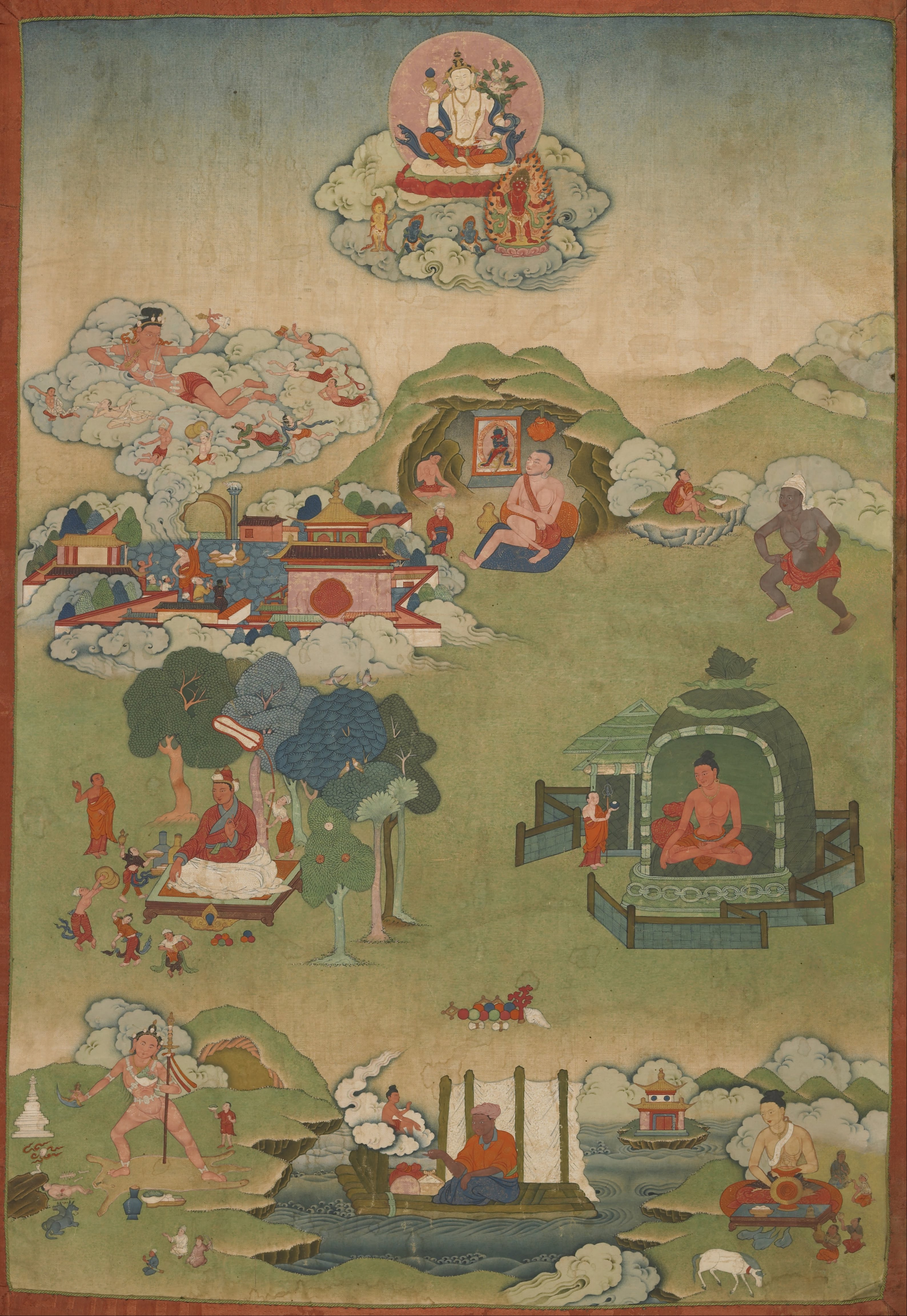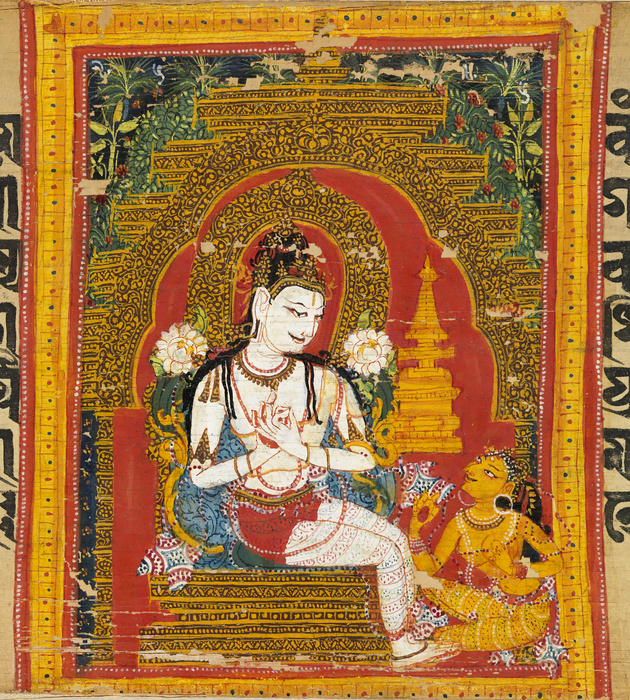|
Liturgy
Liturgy is the customary public ritual of worship performed by a religious group. As a religious phenomenon, liturgy represents a communal response to and participation in the sacred through activities reflecting praise, thanksgiving, remembrance, supplication, or repentance. It forms a basis for establishing a relationship with God. Technically speaking, liturgy forms a subset of ritual. The word ''liturgy'', sometimes equated in English as " service", refers to a formal ritual enacted by those who understand themselves to be participating in an action with the divine. Etymology The word ''liturgy'' (), derived from the technical term in ancient Greek (), ''leitourgia'', which means "work or service for the people" is a literal translation of the two affixes λήϊτος, "leitos", derived from the Attic form of λαός ("people, public"), and ἔργον, "ergon", meaning "work, service". In origin, it signified the often expensive offerings wealthy Greeks made in serv ... [...More Info...] [...Related Items...] OR: [Wikipedia] [Google] [Baidu] |
Liturgy (ancient Greece)
The liturgy (, wikt:liturgy, leitourgia, from λαός / Laos, "the people" and the root / ergon, "work" ) was in ancient Greece a public service established by the Polis, city-state whereby its richest members (whether citizens or Metic, resident aliens), more or less voluntarily, financed the State with their personal wealth. It took its legitimacy from the idea that "personal wealth is possessed only through delegation from the city". The liturgical system dates back to the early days of Athenian democracy, and included the constitutional duty of trierarchy, which gradually fell into disuse by the end of the 4th century BC,Christ 1990, p. 148 eclipsed by the development of euergetism in the Hellenistic period. However, a similar system was in force during the Roman empire. Principles and types The liturgy was the preferred mode of financing of the Greek city, to the extent that it allowed them to easily associate each public expense with a ready source of revenue. This flexibi ... [...More Info...] [...Related Items...] OR: [Wikipedia] [Google] [Baidu] |
Worship
Worship is an act of religious devotion usually directed towards a deity or God. For many, worship is not about an emotion, it is more about a recognition of a God. An act of worship may be performed individually, in an informal or formal group, or by a designated leader. Such acts may involve honoring. Etymology The word is derived from the Old English , meaning ''to venerate "worship, honour shown to an object or deity'',Bosworth and Toller, Anglo-Saxon Dictionary,weorþscipe which has been etymologised as "''worthiness'' or ''worth-ship"''—to give, at its simplest, worth to something. Worship in various religions Buddhism Worship in Buddhism may take innumerable forms given the doctrine of skillful means. Worship is evident in Buddhism in such forms as: guru yoga, mandala, thanka, yantra yoga, the discipline of the fighting monks of Shaolin, panchamrita, mantra recitation, tea ceremony, ganacakra, amongst others. Buddhist Devotion is an important part of the pra ... [...More Info...] [...Related Items...] OR: [Wikipedia] [Google] [Baidu] |
Munera (ancient Rome)
In ancient Rome, (Latin plural; singular ) were public works and entertainments provided for the benefit of the Roman people by individuals of high status and wealth. means "duty, obligation" (cf. English " munificence"), expressing the individual's responsibility to provide a service or contribution to his community. The word was often a synonym for gladiatorial combat, which was originally sponsored as a funeral tribute at the tomb of a deceased Roman magnate by his heir. depended on the private largesse of individuals, in contrast to , which were games, athletic contests or spectacles sponsored by the state. Types and evolution The most famous ''munera'' were the gladiatorial contests, which began as a service or gift rendered by the heirs of the deceased at funeral games. ''Munera'' could refer to the provision of such public services, or to the services themselves. In describing Rome's provision of water to the public, Frontinus describes certain lavishly decorated ... [...More Info...] [...Related Items...] OR: [Wikipedia] [Google] [Baidu] |
Buddharupa
Much Buddhist art uses depictions of the historical Buddha, Gautama Buddha, which are known as () in Sanskrit and Pali. These may be statues or other images such as paintings. The main figure in an image may be someone else who has obtained Buddhahood, or a boddhisattva, especially in the various traditions of Mahayana Buddhism. Other Buddhas and bodhisattvas in art have become increasingly common over the centuries, perhaps now outnumbering images of the historical Buddha. In its first centuries Buddhism was Aniconism in Buddhism, largely or entirely aniconic, not showing the person of Buddha except by symbols and relics. This changed, and figures of the Buddha became very common in the art of Gandhara and Gupta art. As forms of esoteric Buddhism developed, other figures from the expanding array of Buddhist sacred persons became more prominent. In Theravada Buddhism this was much less the case, and figures of the historical Buddha remain the most common main images in templ ... [...More Info...] [...Related Items...] OR: [Wikipedia] [Google] [Baidu] |
Gatha
''Gāthā'' is a Sanskrit term for 'song' or 'verse', especially referring to any poetic metre which is used in legends or folklores, and is not part of the Vedas but peculiar to either Epic Sanskrit or to Prakrit. The word is originally derived from the Sanskrit/Prakrit root ''gai'', which means 'to speak, sing, recite or extol', cognate to the Avestan term '' gatha''. The stanzas of the Prakrit dialects of Ardhamagadhi, Sauraseni and Pāli are known as ''gathas'' as opposed to ''shlokas'' and sutras of Sanskrit and ''dohas'' of '' Apabhramsha''. Most of the Jain and Buddhist texts written in Prakrit are composed of ''gathas'' (or verses/stanzas). Thus, ''gatha'' can mean any Prakrit and Pali verses in general,Amaresh Datta (1988) ''Encyclopaedia of Indian literature vol. 2'' Chennai: Sahitya Academy p. 1374 or specifically the arya meter of Sanskrit; versified portions of Pāli Canon ''(Tipitaka)'' of Theravāda Buddhism are also specifically called ''gathas''. In contem ... [...More Info...] [...Related Items...] OR: [Wikipedia] [Google] [Baidu] |
Mantra
A mantra ( ; Pali: ''mantra'') or mantram (Devanagari: मन्त्रम्) is a sacred utterance, a numinous sound, a syllable, word or phonemes, or group of words (most often in an Indo-Iranian language like Sanskrit or Avestan) believed by practitioners to have religious, magical or spiritual powers. Feuerstein, Georg (2003), ''The Deeper Dimension of Yoga''. Shambala Publications, Boston, MA Some mantras have a syntactic structure and a literal meaning, while others do not. ꣽ, ॐ (Aum, Om) serves as an important mantra in various Indian religions. Specifically, it is an example of a seed syllable mantra ( bijamantra). It is believed to be the first sound in Hinduism and as the sonic essence of the absolute divine reality. Longer mantras are phrases with several syllables, names and words. These phrases may have spiritual interpretations such as a name of a deity, a longing for truth, reality, light, immortality, peace, love, knowledge, and action. Examples of lo ... [...More Info...] [...Related Items...] OR: [Wikipedia] [Google] [Baidu] |
Sutra
''Sutra'' ()Monier Williams, ''Sanskrit English Dictionary'', Oxford University Press, Entry fo''sutra'' page 1241 in Indian literary traditions refers to an aphorism or a collection of aphorisms in the form of a manual or, more broadly, a condensed manual or text. Sutras are a genre of ancient and medieval Indian texts found in Hinduism, Buddhism and Jainism. In Hinduism, sutras are a distinct type of literary composition, a compilation of short aphoristic statements.Gavin Flood (1996), ''An Introduction to Hinduism'', Cambridge University Press, , pages 54–55 Each sutra is any short rule, like a theorem distilled into few words or syllables, around which teachings of ritual, philosophy, grammar, or any field of knowledge can be woven. The oldest sutras of Hinduism are found in the Brahmana and Aranyaka layers of the Vedas. Every school of Hindu philosophy, Vedic guides for rites of passage, various fields of arts, law, and social ethics developed respective sutras, ... [...More Info...] [...Related Items...] OR: [Wikipedia] [Google] [Baidu] |
Buddhist Chant
Tibetan illustration of veena.html" ;"title="Saraswati holding a veena">Saraswati holding a veena, the main deity of music and musicians in Mahayana Buddhism Buddhist music is music (, ) created for or inspired by Buddhism and includes numerous ritual and non-ritual musical forms.Mross, Michaela (2022). Memory, Music, Manuscripts: ''The Ritual Dynamics of Kōshiki in Japanese Sōtō Zen,'' p. 7''.'' Michaela Mross University of Hawaii Press. As a Buddhist art form, music has been used by Buddhists since the time of early Buddhism, as attested by artistic depictions in Indian sites like Sanchi. While certain early Buddhist sources contain negative attitudes to music, Mahayana sources tend to be much more positive to music, seeing it as a suitable offering to the Buddhas and as a skillful means to bring sentient beings to Buddhism. Buddhist music retains a prominent place in many Buddhist traditions, and is usually used for ceremonial and devotional purposes. Buddhist music ... [...More Info...] [...Related Items...] OR: [Wikipedia] [Google] [Baidu] |
Vajrayana
''Vajrayāna'' (; 'vajra vehicle'), also known as Mantrayāna ('mantra vehicle'), Guhyamantrayāna ('secret mantra vehicle'), Tantrayāna ('tantra vehicle'), Tantric Buddhism, and Esoteric Buddhism, is a Mahāyāna Buddhism, Mahāyāna Buddhist tradition that emphasizes Eastern esotericism, esoteric practices and rituals aimed at Sudden awakening, rapid spiritual awakening. Emerging between the 5th and 7th centuries CE in medieval India, Vajrayāna incorporates a Tibetan tantric practice, range of techniques, including the use of mantras (sacred sounds), dhāraṇīs (mnemonic codes), mudrās (symbolic hand gestures), mandalas (spiritual diagrams), and the visualization of Buddhist deities, deities and Buddhahood, Buddhas. These practices are designed to transform ordinary experiences into paths toward Enlightenment in Buddhism, enlightenment, often by engaging with aspects of Taṇhā, desire and Dvesha, aversion in a ritualized context. A distinctive feature of Vajrayāna is ... [...More Info...] [...Related Items...] OR: [Wikipedia] [Google] [Baidu] |
Mahayana
Mahāyāna ( ; , , ; ) is a term for a broad group of Buddhist traditions, Buddhist texts#Mahāyāna texts, texts, Buddhist philosophy, philosophies, and practices developed in ancient India ( onwards). It is considered one of the three main existing branches of Buddhism, the others being Theravāda and Vajrayāna.Harvey (2013), p. 189. Mahāyāna accepts the main scriptures and teachings of Early Buddhist schools, early Buddhism but also recognizes various doctrines and texts that are not accepted by Theravada Buddhism as original. These include the Mahāyāna sūtras and their emphasis on the ''bodhisattva'' path and Prajnaparamita, ''Prajñāpāramitā''. Vajrayāna or Mantra traditions are a subset of Mahāyāna which makes use of numerous Tantra, tantric methods Vajrayānists consider to help achieve Buddhahood. Mahāyāna also refers to the path of the bodhisattva striving to become a fully awakened Buddha for the benefit of all sentience, sentient beings, and is thus also ... [...More Info...] [...Related Items...] OR: [Wikipedia] [Google] [Baidu] |
Theravada
''Theravāda'' (; 'School of the Elders'; ) is Buddhism's oldest existing school. The school's adherents, termed ''Theravādins'' (anglicized from Pali ''theravādī''), have preserved their version of the Buddha's teaching or ''Dharma (Buddhism), Dhamma'' in the Pāli Canon for over two millennia. The Pāli Canon is the most complete Buddhist canon surviving in a Indo-Aryan languages, classical Indian language, Pāli, which serves as the school's sacred language and ''lingua franca''.Crosby, Kate (2013), ''Theravada Buddhism: Continuity, Diversity, and Identity'', p. 2. In contrast to Mahāyāna and Vajrayāna, Theravāda tends to be conservative in matters of doctrine (''pariyatti'') and monastic discipline (''vinaya''). One element of this Religious conservatism, conservatism is the fact that Theravāda rejects the authenticity of the Mahayana sutras (which appeared onwards). Consequently, Theravāda generally does not recognize the existence of many Buddhas and bodhisattva ... [...More Info...] [...Related Items...] OR: [Wikipedia] [Google] [Baidu] |







